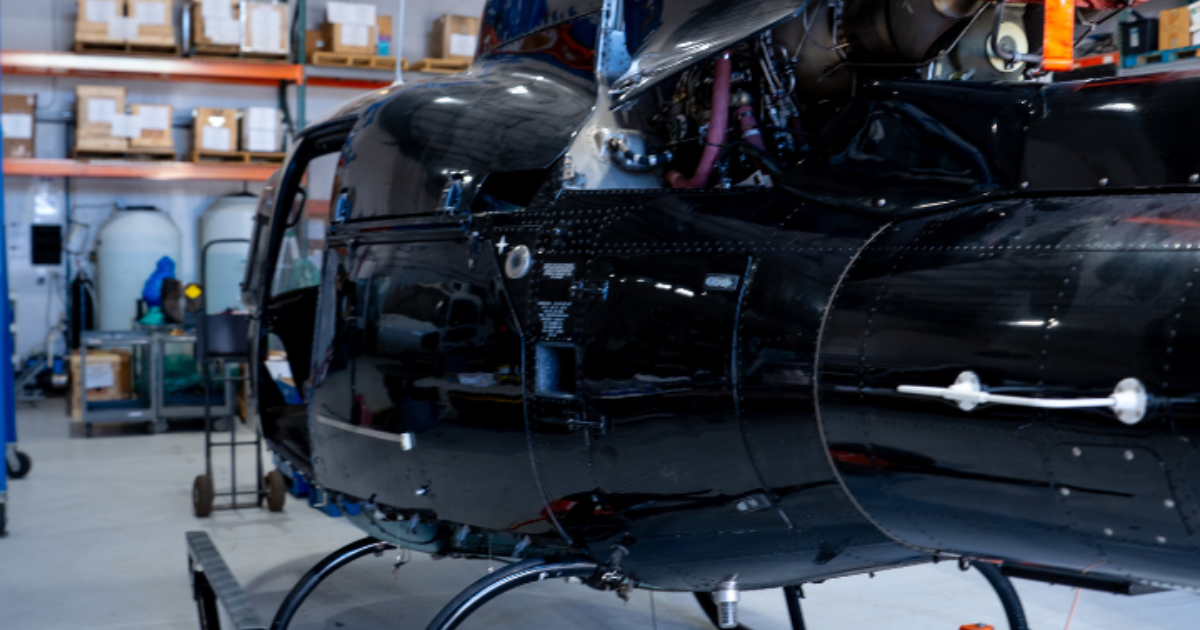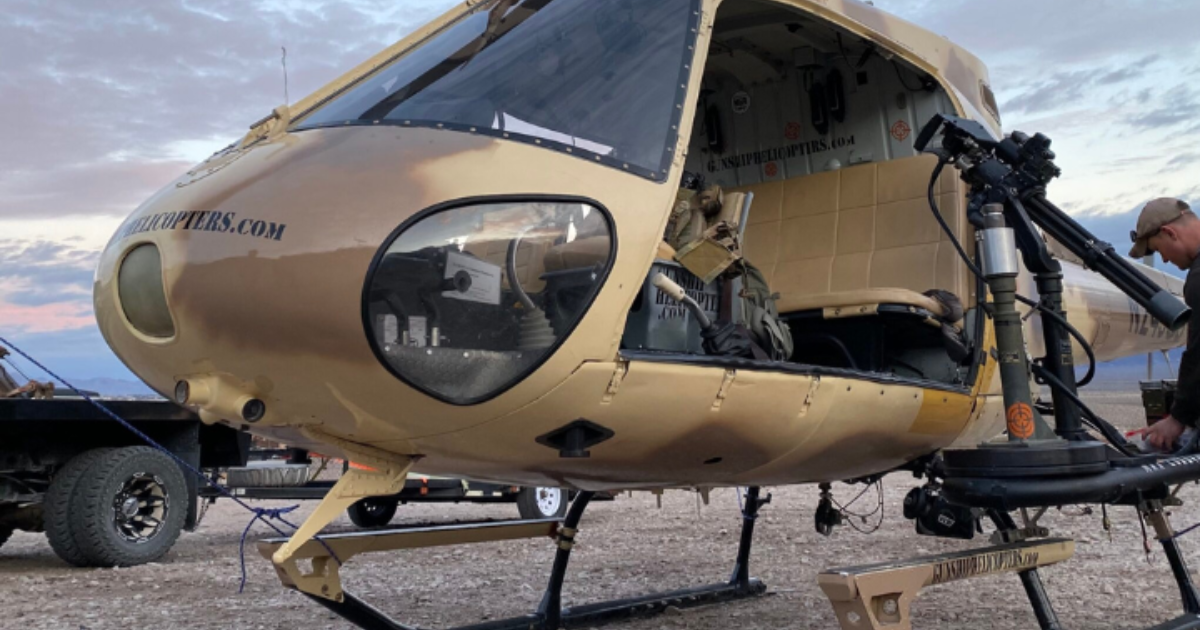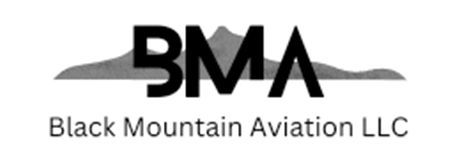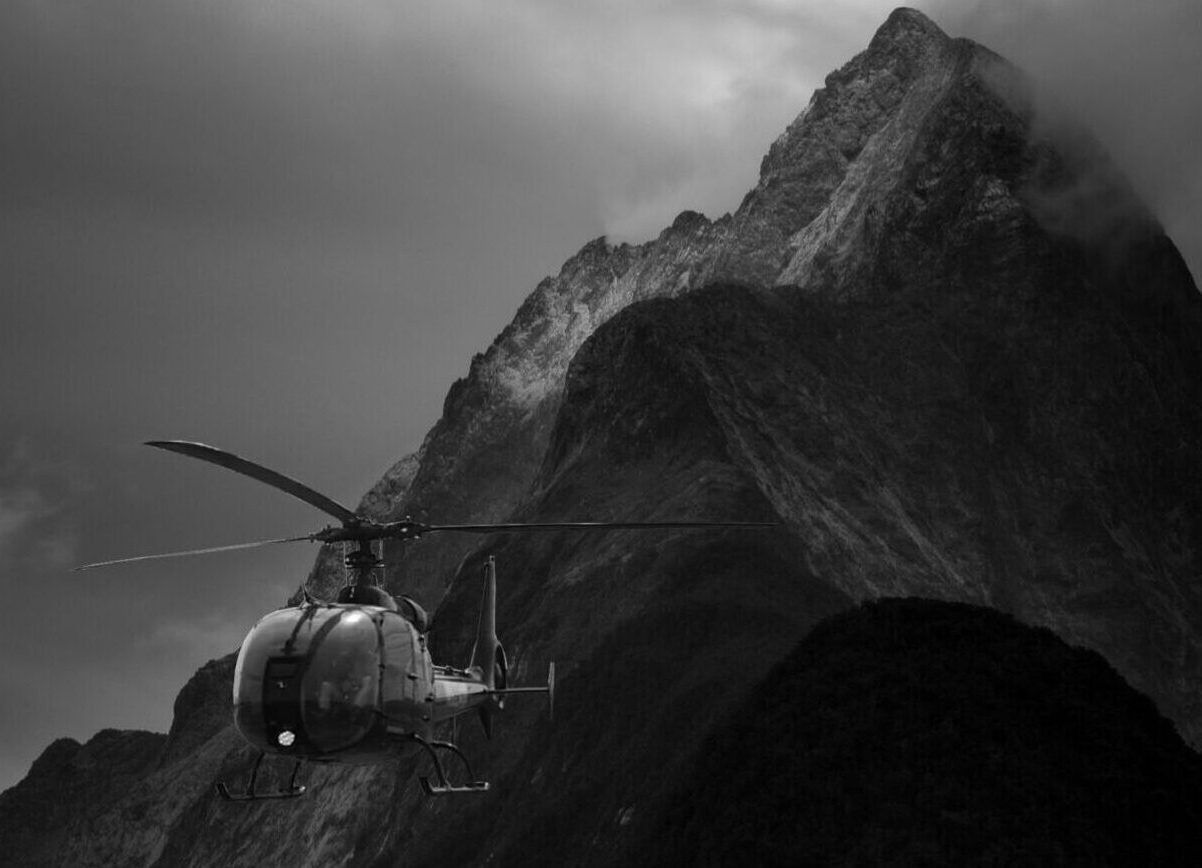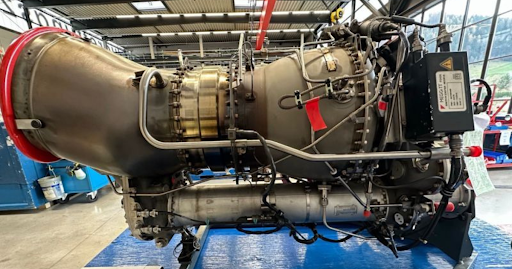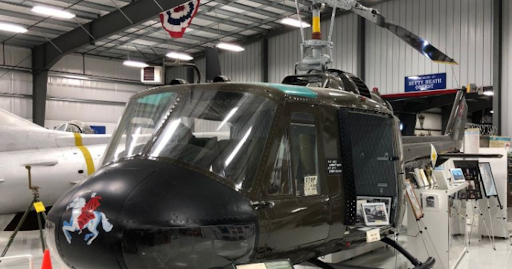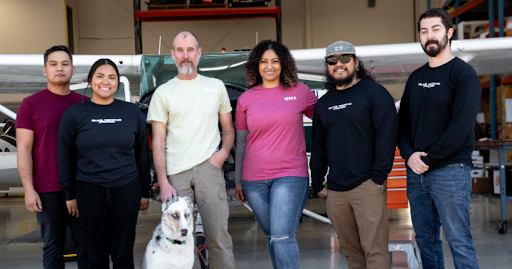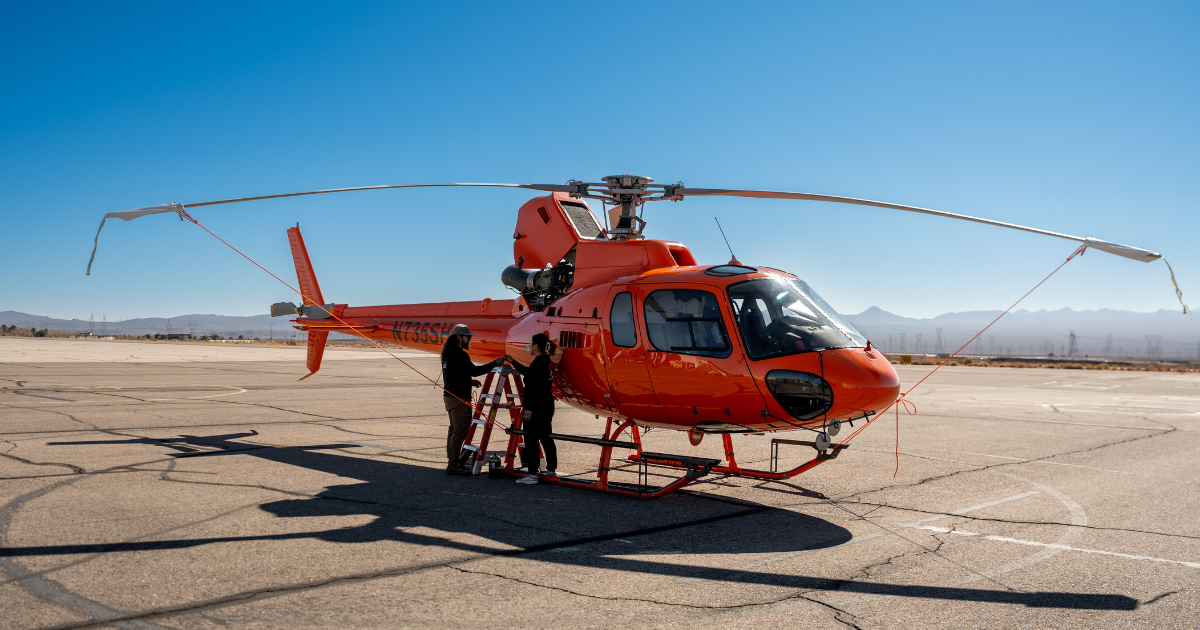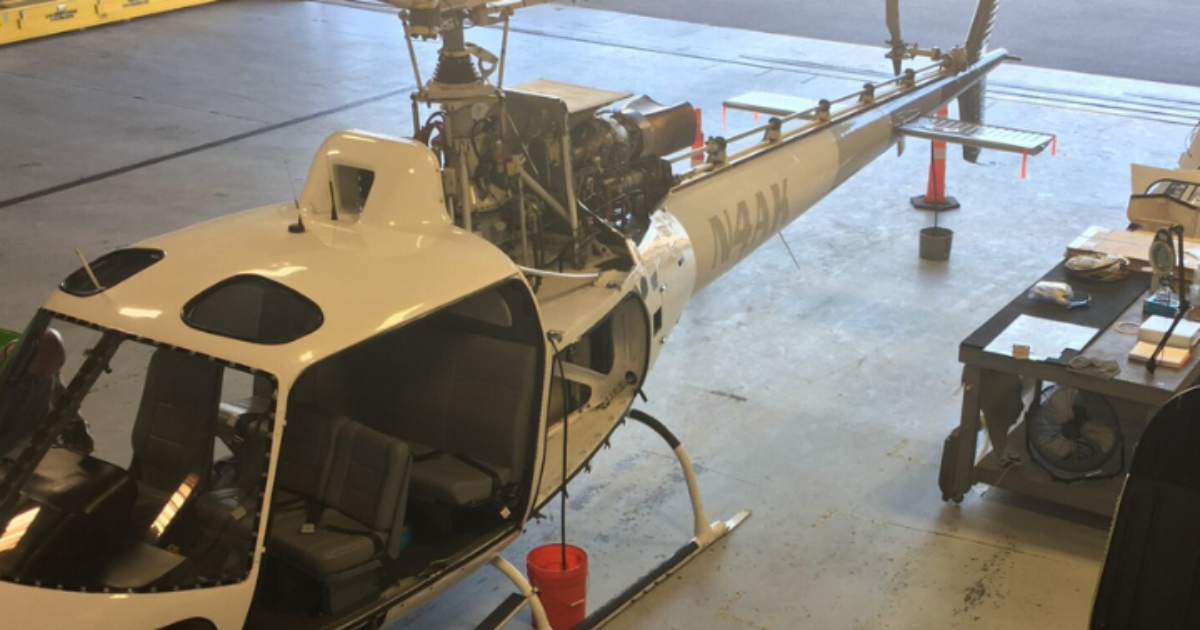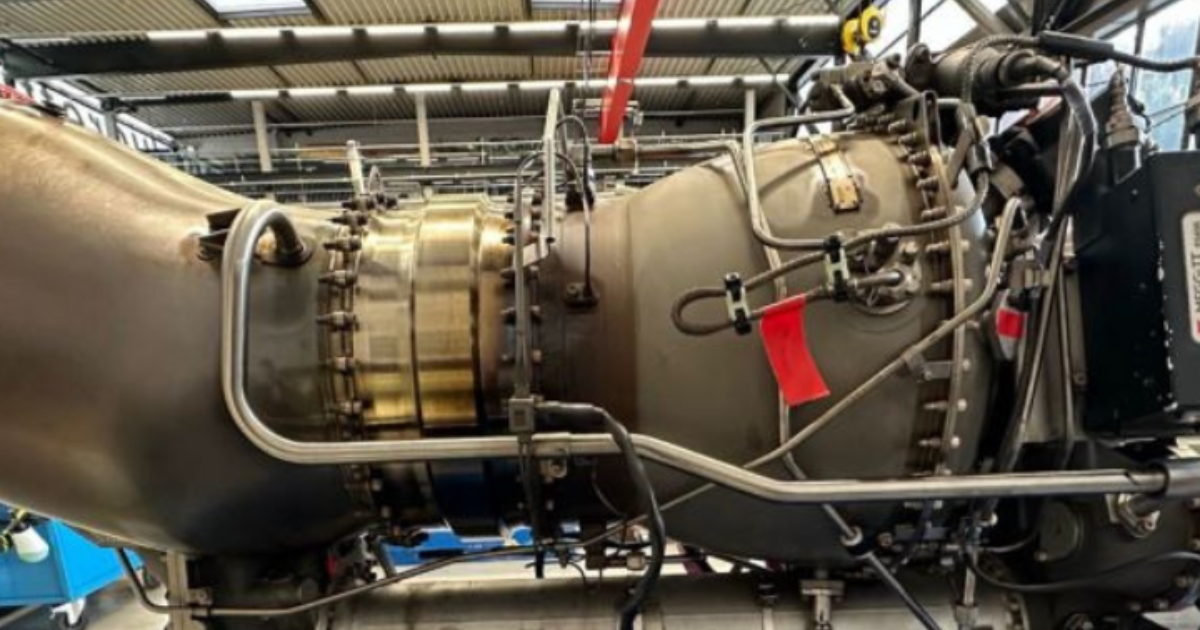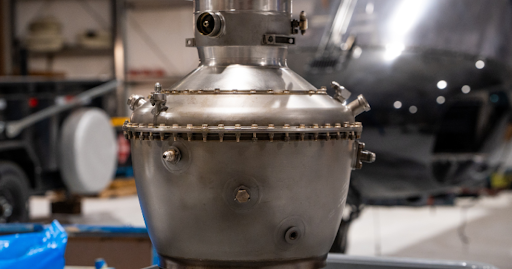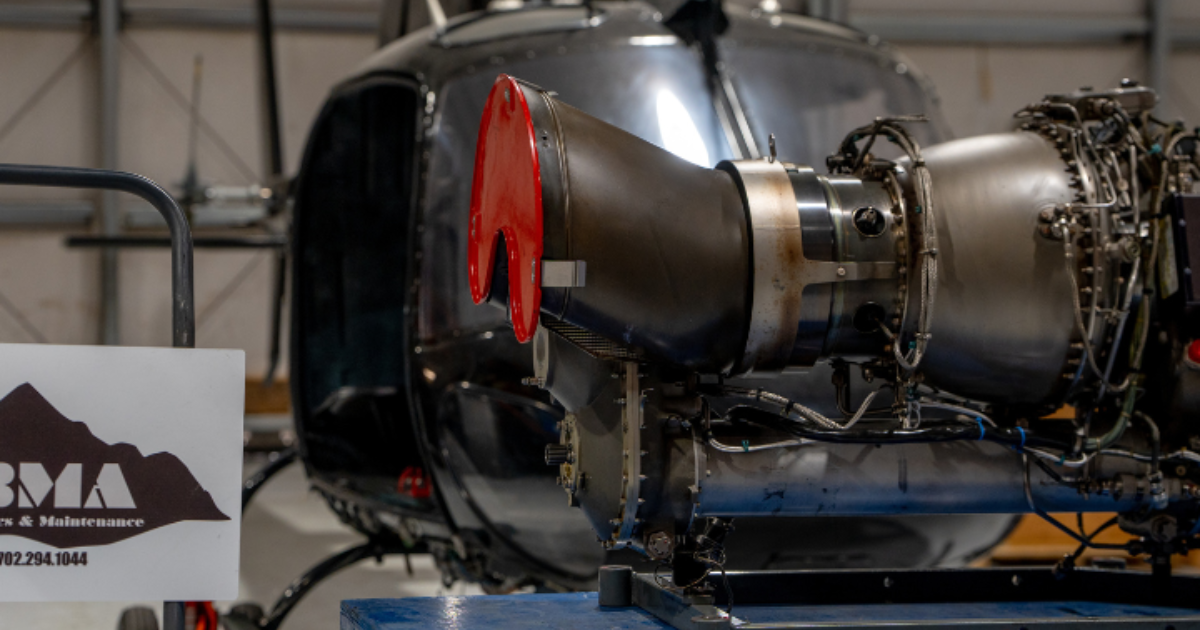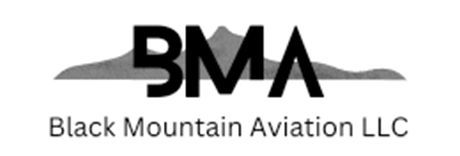Component Repair vs. Replacement: What’s Best for Your Aircraft?
Introduction: The Critical Choice in Aircraft Maintenance
When it comes to keeping your aircraft safe, efficient, and mission-ready, one of the most important decisions operators face is whether to repair or replace components. From avionics systems to Safran Arriel engines, the choice impacts not only your budget but also aircraft downtime, safety compliance, and long-term performance.
In Nevada, where Black Mountain Aviation operates as an
FAA-certified repair station in Boulder City, businesses and private operators alike often ask:
“Should I repair this part or invest in a replacement?” This article breaks down the factors, benefits, and scenarios that help guide the decision between component repair and replacement.
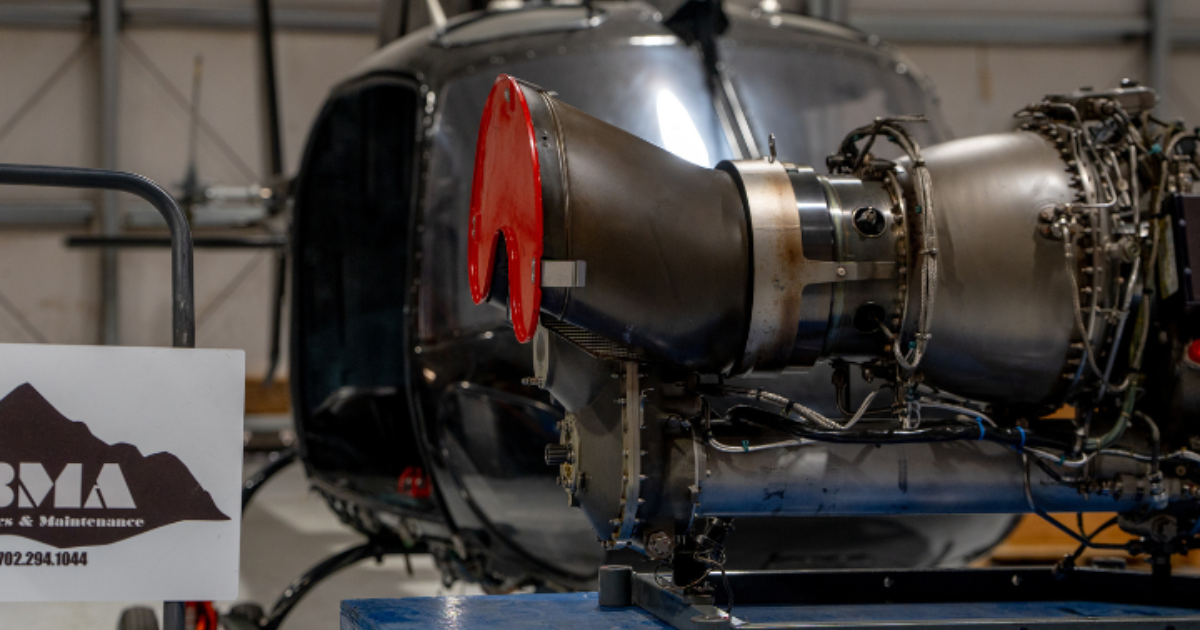
Understanding Aircraft Component Maintenance
Aircraft operate in one of the most regulated industries in the world. Every component—whether it’s a rotor blade, avionics module, or engine accessory—must perform flawlessly.
Maintenance decisions are usually guided by:
- FAA regulations and airworthiness directives
- OEM guidelines from Airbus, Safran, or Bell
- Operational requirements (tourism, firefighting, corporate transport, etc.)
- Cost-benefit analysis
Whether you’re operating an Airbus H125, EC130, or a Bell 407, deciding between repair and replacement is a balancing act between safety, reliability, and economics.
The Case for Component Repair
Cost Efficiency
Repairing a component is often significantly cheaper than outright replacement. For high-value items like Safran Arriel engine modules or avionics units, repair can extend service life at a fraction of the cost.
Faster Turnaround in Certain Cases
Repair stations with on-site capabilities can complete avionics upgrades, rotorcraft dynamic component maintenance, or minor engine overhauls in less time than sourcing a new component.
Sustainability
Repairing rather than replacing aligns with industry-wide sustainability goals. By overhauling parts like swashplates, crossbeams, or anti-vibrator assemblies, businesses reduce waste while maintaining airworthiness.
OEM and FAA Compliance
Repairs performed by an FAA-certified Part 145 Repair Station ensure components meet the same regulatory standards as new replacements, giving operators peace of mind.
The Case for Component Replacement
Guaranteed Performance
New components provide the assurance of zero previous wear. For critical items—such as main gearbox (MGB) bevel gears or tail rotor spiders—replacement may be the safer choice, especially in mission-critical operations.
Longer Lifecycle
While repairs extend the life of components, replacements often deliver a longer lifecycle before requiring additional servicing, which can reduce long-term maintenance cycles.
Availability of Upgraded Technology
Replacement is often necessary when new technology surpasses older components. Avionics upgrades, for instance, may require full replacement to meet ADS-B Out or IFR certification standards.
Warranty and Traceability
New components often come with OEM warranties and complete traceability, which can simplify compliance audits and resale value.
Factors to Consider in the Decision
1. Cost vs. Downtime
- Repair: Lower upfront cost, but may require repeated service.
- Replacement: Higher cost, but longer service intervals and reduced unplanned downtime.
2. Mission Requirements
Operators conducting firefighting, search and rescue, or tourism in Nevada’s harsh desert environment may prioritize replacements for reliability.
3. Component Type
- Repair-Friendly Components: Avionics modules, Safran Arriel 1D1/2B engines, swashplates, crossbeams.
- Replacement-Preferred Components: High-stress items like MGB bevel gears or heavily worn rotor blades.
4. Regulatory Mandates
FAA airworthiness directives sometimes require outright replacement regardless of condition. Staying current with AD notes is critical.
5. Availability of Skilled Technicians
Nevada-based companies like Black Mountain Aviation employ highly experienced technicians with decades of Airbus and Bell rotorcraft maintenance experience. This expertise makes repairs a reliable option when properly managed.
Repair vs. Replacement in Common Scenarios
Avionics Systems
- Repair: IFR/VFR certifications, ELT or transponder tests, ADS-B checks.
- Replacement: When upgrading to Garmin or Avidyne systems for compliance or improved capability.
Engines (Safran Arriel 1D1, 2B, 2B1, 2D)
- Repair: Overhauling modules (Module 1–5) or replacing specific parts like fuel control units or overspeed valves.
- Replacement: When engine hours exceed service limits or OEM requires exchange.
Rotorcraft Components
- Repair: Tail rotor spiders, swashplates, and anti-vibrator assemblies can often be overhauled.
- Replacement: Dynamic parts like rotor blades nearing end-of-life cycles.
The Role of FAA-Certified Repair Stations in Nevada
Facilities like Black Mountain Aviation in Boulder City provide a critical balance:
- Repair Expertise: Safran engine modules, avionics upgrades, rotorcraft maintenance.
- Replacement Support: Stocking airframe, avionics, and engine components for Airbus and Bell platforms.
- Compliance: All services performed under FAA certification (LVBR789X), ensuring safety and traceability.
With decades of combined technician experience, Nevada operators don’t need to look far for reliable solutions.
Conclusion: Striking the Right Balance
The decision to repair or replace an aircraft component is not one-size-fits-all. It depends on cost, mission requirements, component type, and regulatory demands.
- Repair makes sense when cost savings, sustainability, and quick turnaround are priorities.
- Replacement is often the right choice for critical safety items, lifecycle efficiency, or when upgrading technology.
By working with FAA-certified providers like Black Mountain Aviation, aircraft operators in Nevada can ensure their decisions are grounded in safety, compliance, and expert advice.
In the end, the smartest approach is not simply repair or replace—it’s choosing what keeps your aircraft flying safely, efficiently, and with minimal downtime.
